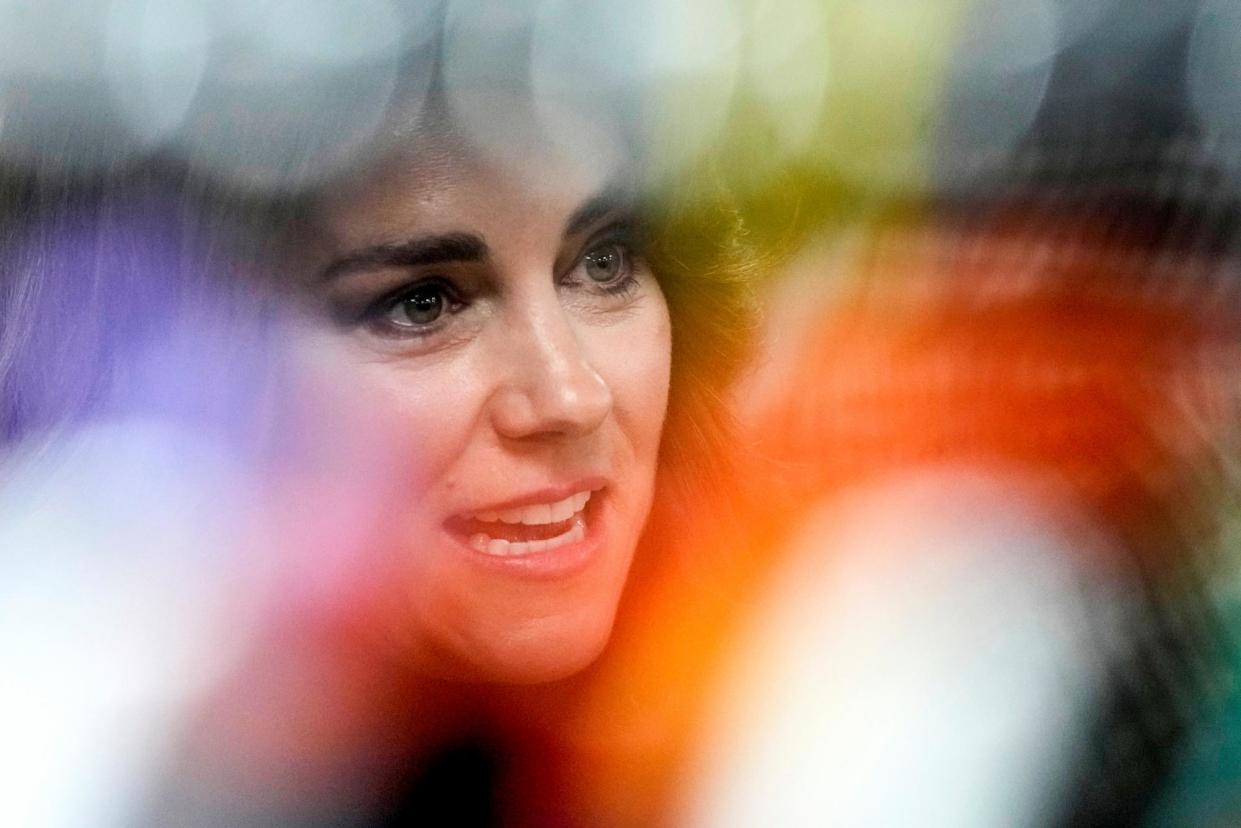Skeptical America’s ‘Katespiracies’ fixation goes beyond a reasonable doubt

For a while, the “Katespiracies” were the most fun people have had on the internet in a long time.
The whereabouts of the Princess of Wales after her planned abdominal surgery and subsequent recovery were not particularly high stakes, and so many reveled in the threads and group chats as the “what ifs” got wilder – the theories both more specific and more incredible at the same time.
Related: Kate: watchdog investigating if hospital delayed data breach report
Some postured that Catherine had been replaced with a body double, had been photoshopped into photos not just now but for months, or maybe treated unjustly by an increasingly sinister Prince William. Or: could it be that the princess was dead?
The royals did not help their own case. With each vague and defensive correspondence from Buckingham Palace confirming Catherine was actually fine and on track for a recovery by Easter, the online world doubled down.
“The Princess of Wales has returned home to Windsor to continue her recovery from surgery. She is making good progress,” a Kensington Palace spokesperson said back in January. “The prince and princess wish to say a huge thank you to the entire team at the London Clinic, especially the dedicated nursing staff, for the care they have provided.”
When the Associated Press noted that a photo of Catherine and her children had been doctored, presumably manipulated by the princess herself, the frantic cycle of speculation only escalated.
For many it felt like a break from reality and a news cycle dominated by war and politics, and an exercise in collective creativity. It was Twitter/X at its funniest, and the common person working towards a common goal. (That, and the Timothée Chalamet meme.)
Then, suddenly, it got dark.
A video was released this week by the Sun of Catherine and William shopping near their home. The metadata confirmed the location and timing. In a normal world, this would be enough to slow the rumor mill. But of course, it wasn’t. Internet sleuths kept sleuthing.
Why were the Christmas decorations still up in March? She didn’t look exactly like herself, did she? Why were all these videos so damn blurry?
It was proof that nothing would satiate the hive mind in the post-truth world, a world where people are fed an onslaught of information, much of it true, some of it manufactured, and some of it somewhere in between. And when people are primed to believe something is false, there’s little one can do, short of maybe meeting the princess in person, that will put an end to the doubt.
That matters far beyond what may – or may not – be going on with Britain’s future queen.
The US is currently battling a deep distrust in institutions that, while fallible and constantly evolving, are actually founded in the public good – from the Department of Justice to the CDC. That distrust, paired with the ease of proliferating conspiracy theories, has made the ability to have civic discourse, or to report the truth, increasingly difficult. It gives way not to the most likely explanation, or the most fact-based – but the one that most fits with the narrative the court of public opinion has cultivated.
There are many depressing versions of Katespiracies that hound Americans in the political world. For example: Ashley Biden’s (fake) diary, QAnon and pretty much anything to do with Anthony Fauci. How do you convince people who believe these hoaxes – which have been disproven many times over, that the real threat to their lives is losing critical social safety nets or birth control, herd immunity, or public education?
It is true that the world is rife with misinformation, and blindly trusting those in power has never been a good idea. The royal family, specifically, has a long history of scandal and secrecy. And public institutions, similarly, owe us transparency and clarity.
Yet three months of speculation on Catherine is a sign that healthy doubt and questioning can be easily replaced by the inability to accept any truth at all. In the absence of information, on any subject, we’ve now seen what can happen when the court of public opinion takes over the conversation. Even when the facts emerge, there’s a possibility that it will no longer matter.


